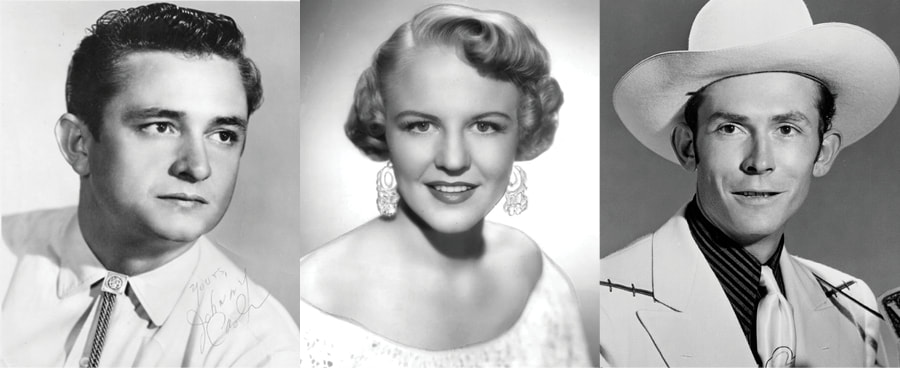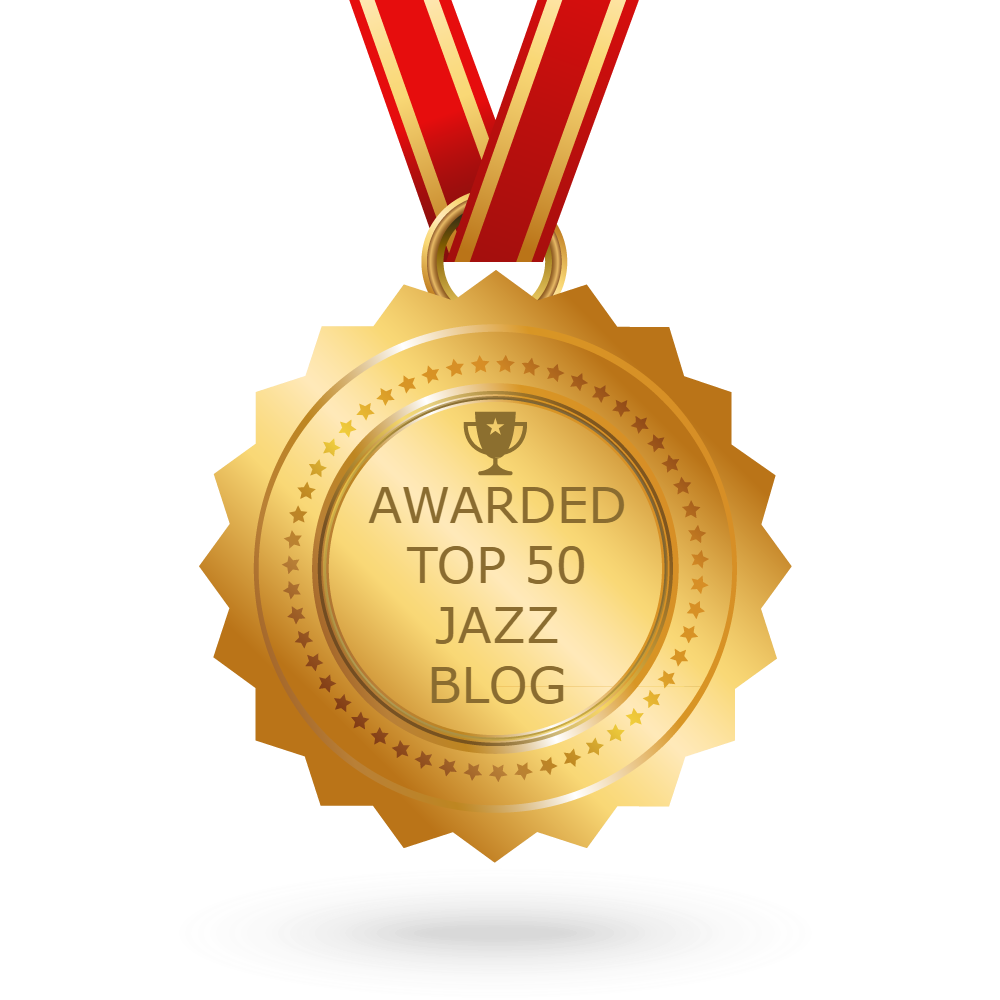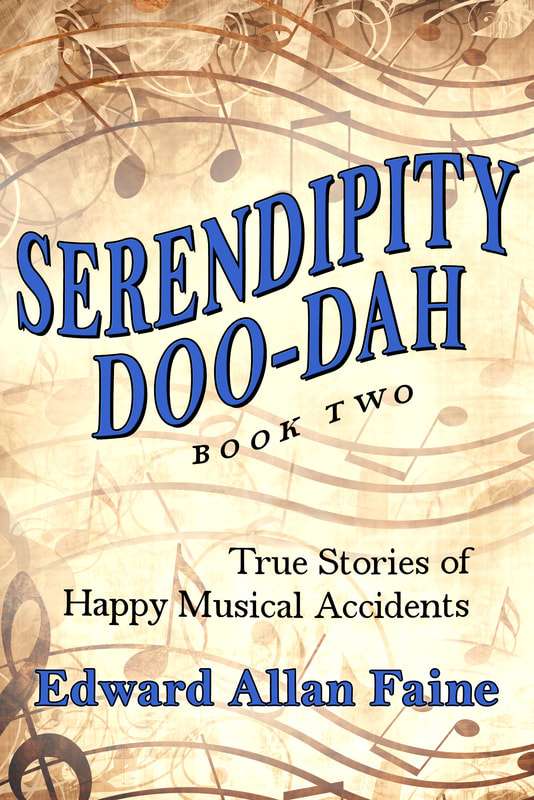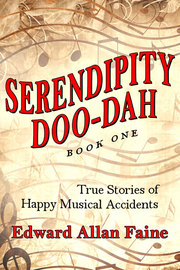The Great American Songbook (GAS) era that lasted some 40 years is pretty well defined, at least at the start. As song historian Ben Yagoda wrote:
[Jerome Kern’s] 1914 song “They Didn’t Believe Me”—with its stately, lingering melody; its 4/4 melody that could go fast or slow, syncopated or straight; and its simple, conversational (“and I’m certainly going to tell them . . .”), resonant lyrics by Herbert Reynolds—has been credibly nominated as the first modern American popular song. (1)
Some have suggested that the syncopated vitality of Irving Berlin’s “Alexander’s Ragtime Band” published in 1911 might be the better choice, but let’s stick with the consensus 1914 song by Jerome Kern.
The GAS era end date is less settled, not so clearly defined; one could pick 1957 as well as 1967. One thing for certain, however, the Songbook era overlaps the next big musical epoch—the Singer-Songwriter (SS) era—which many claim began in the early 1960s with the arrival of the Beatles and the Rolling Stones, or with the advent of Bob Dylan.
Now before we go any further, the SS era spoken of here is in the realm of popular music and not the less-celebrated niche genres (folk, blues, hillbilly, or gospel), from which many eventual popular artists emerge. That being said, I’ve always thought that the SS era should have an earlier start date. Consider the list of prominent singer-songwriters below:
|
1924 Fats Waller 400
1933 Johnny Mercer 68 1941 Matt Dennis 20 1941 Peggy Lee 103 1947 Hank Williams 140 1951 Fats Domino 8 1955 Chuck Berry 20 1955 Buddy Holly 35 1955 Johnny Cash 32 1956 Roy Orbison 6 1956 Little Richard 8 1957 Paul Anka 12 1957 Sam Cooke 9 |
1957 Neil Sedaka 11
1957 Paul Simon 16 1959 Bobby Darin 14 1959 Marvin Gaye 1 1959 Willie Nelson10 1959 Smokey Robinson 4 1959 Allen Toussaint 7 1960 Loretta Lynn 1 1961 Carla Brooks 1 1961 Jackie DeShannon 2 1961 Curtis Mayfield 1 1961 Bob Seger 1 1961 Stevie Wonder 1 (2) |
Every singer on the list has been inducted into the Songwriters Hall of Fame. So to my point, based on the above, do we have a quorum of quality singer-songwriters so can we say something along the following lines?
|
The Great American Songbook era began in 1914 and lasted for some 40 years before giving way to the Singer-Songwriter era in the mid to late 1950s.
|
[Chuck Berry] established rock and roll as a songwriter’s medium. Some in his cohort wrote a fair amount, others barely at all. But it was Berry in particular who presaged Buddy Holly, the ’50s’ second great songwriter–cum-great-performer. Between them they established the artistic template of ’60s rock, where self-written material was a prerequisite. (3)
So what constitutes the primary difference between these two periods? As Ben Yagoda put it,
It would have been unthinkable for a Jack Lawrence or a Richard Rodgers to get onstage or behind the microphone and sing one of his songs. The old-time tunesmith was a scriptwriter, fashioning notions and emotions for someone else (a singer/actor) to declaim. But people like [Willie] Nelson and [Otis] Redding were following a different path, one blazed by [Hank] Williams, by bluesmen like Robert Johnson, by Woody Guthrie, by Chuck Berry, and by [Buddy Holly], a bespectacled, guitar-playing, hiccupping kid out of Lubbock, Texas. . . . The mere act of declaiming your own music and words added some exciting new element to the musical mix, and would only gain more power with the years (4)
- Ben Yagoda, The B-Side: The Death of Tin Pan Alley and the Rebirth of the Great America Song (New York: Riverhead Books, 2015), 36.
- Singer/songwriter stats from various books and online sources.
- Robert Christgau, Is It Still Good to Ya?: Fifty Years of Rock Criticism, 1967–2017 (Durham, Duke University Press, 2018), 162.
- Ben Yagoda, The B-Side, 246.




 RSS Feed
RSS Feed